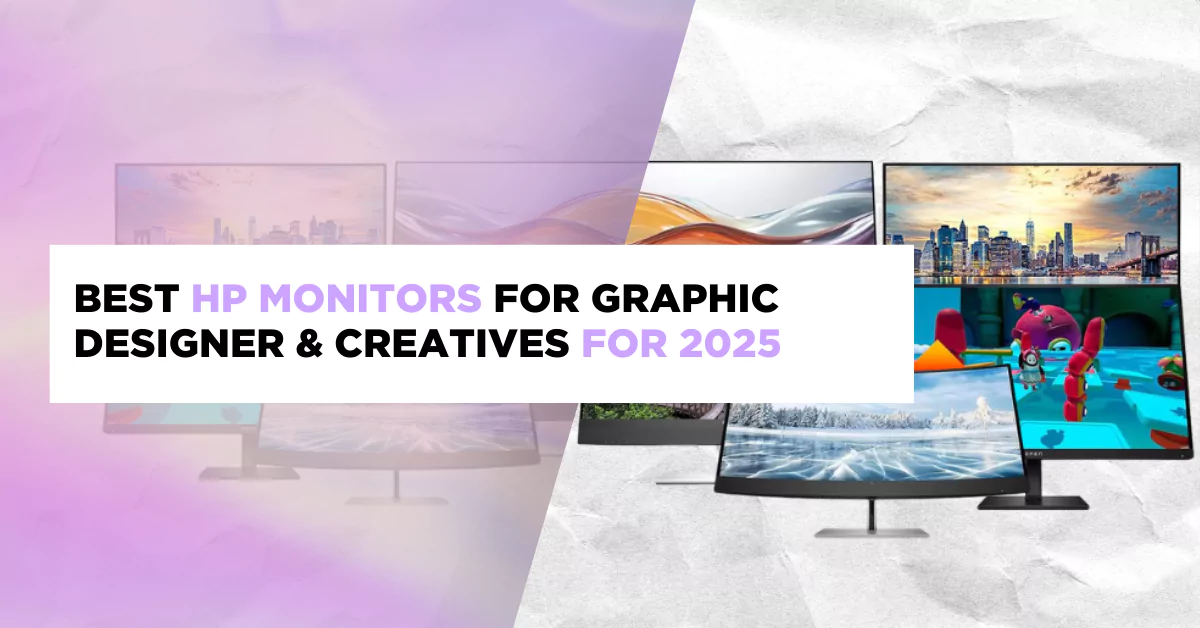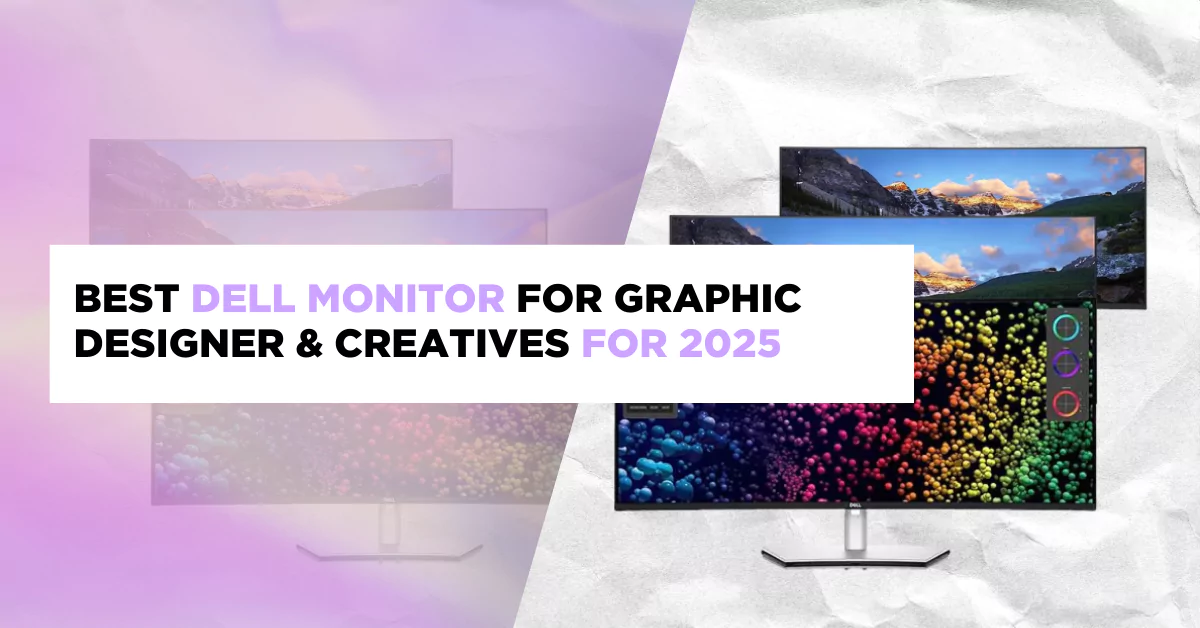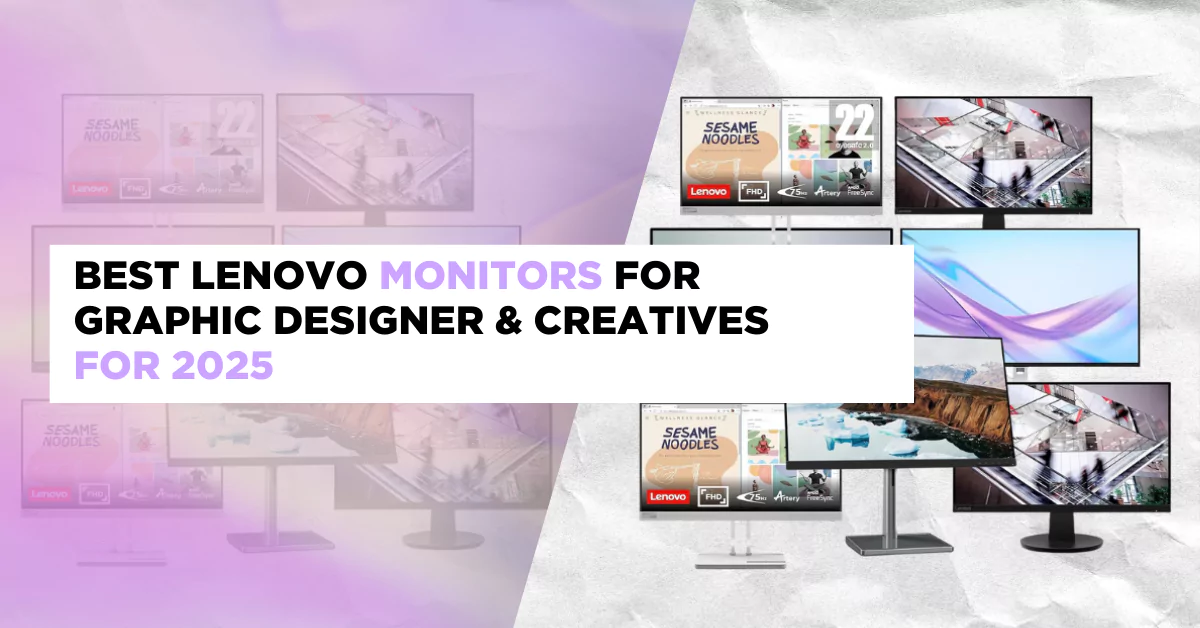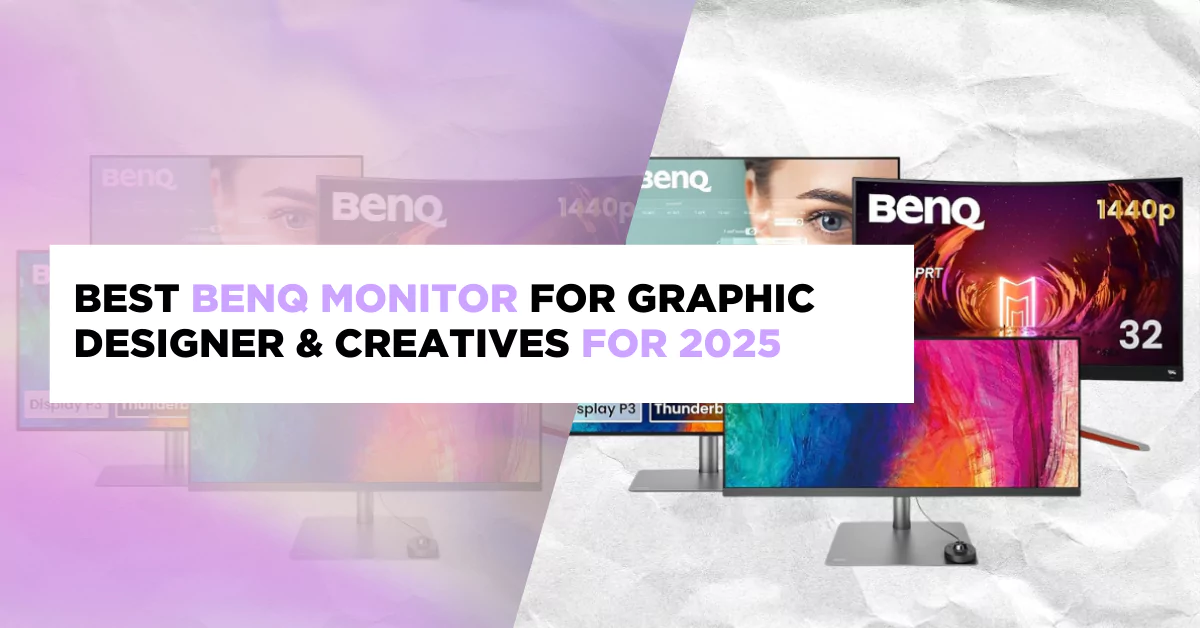
How to Get Started in Graphic Design: A Beginner’s Tutorial
In today’s digital age, learning graphic design can be a very valuable skill. So, if you’re someone who really wants to learn graphic design, then you’re in the right place.
This guide will walk you through the essential steps to get started on your artistic journey. So, grab your creative spirit, and let’s start on this exciting adventure into the world of graphic design!
What is Graphic Design?
At its core, graphic design is a craft that optimizes the user experience and involves the arrangement of visual elements to convey information or evoke a certain response. Designers utilize a range of tools, including computer software and traditional artistic techniques, to create visually appealing and impactful compositions. The process involves careful consideration of color, layout, typography, and imagery to craft a design that resonates with the intended audience.
In the field of marketing and advertising, graphic design is a powerful tool for building brand identity. Logos, in particular, serve as a visual representation of a brand and are designed to be instantly recognizable. Consistent use of design elements across various platforms helps establish a cohesive brand image, fostering brand recognition and loyalty.
Moreover, graphic design extends beyond the digital realm. It encompasses print materials such as brochures, posters, and packaging. As technology evolves, so does the field of graphic design. Designers now often work with digital tools and software to create designs for websites, social media, and other online platforms. The dynamic nature of digital media allows for interactive and animated designs, expanding the possibilities for creative expression.
How To Become A Graphic Designer
Understanding The Fundamental Principles of Graphic Design
Embarking on a career as a graphic designer necessitates a solid grasp of the foundational principles that underlie the discipline. Successful graphic design involves meticulous planning and the adept application of design theories. These principles serve as a guiding framework for crafting visually appealing and effective designs that convey a desired message.
In the world of graphic design, various elements play crucial roles in composition. Lines guide the viewer’s eye and structure the design, while color choices evoke emotions and convey specific messages. Shapes and spaces interact to create a cohesive visual narrative, and texture adds depth to the overall experience. Typography, a powerful tool, conveys information and establishes brand identity.
Elements like scale, dominance, and emphasis influence the hierarchy of design elements, determining what captures the viewer’s attention first. Achieving harmony involves balancing these elements to create a visually pleasing and coherent composition.
Mastery of these design elements is essential for graphic designers, enabling them to make intentional and informed choices throughout the creative process. Understanding how each element contributes to the overall impact and perception of a design allows designers to craft visuals that effectively convey messages, evoke emotions, and meet project objectives.
Becoming a proficient graphic designer entails not only honing technical skills but also developing a keen aesthetic sensibility and a nuanced understanding of the principles that form the backbone of graphic design.
Sign Up In A Graphic Design Course

Formal education is a crucial component in the path to becoming a graphic designer, offering a structured and thorough approach to acquiring essential skills and design principles. Graphic design courses create a dedicated learning environment that allows aspiring designers to explore the fundamentals of design and refine their abilities through hands-on, practical projects.
An important advantage of graphic design courses lies in the opportunity for structured learning. These programs typically follow a curriculum covering key topics such as color theory, typography, layout design, and the use of graphic design tools and software. Students progress systematically through coursework, building a robust foundation that combines theoretical knowledge with practical expertise.
Practical projects are integral to graphic design courses, enabling students to apply learned theories in real-world scenarios. From crafting logos and posters to designing websites and digital interfaces, these projects provide valuable experiences essential to a designer’s portfolio.
Beyond skill development, graphic design courses foster a conducive environment for networking. Students can connect with experienced mentors and like-minded peers, creating opportunities to gain industry insights, receive constructive project feedback, and potentially access job opportunities.
The comprehensive curriculum of graphic design courses extends beyond the basics. Students explore graphic design history, delve into user experience (UX) principles, and grasp the fundamentals of website design. This holistic approach ensures that individuals not only acquire technical skills but also develop a broader understanding of the context in which graphic design operates.
Be Proficient In Using Graphic Design Tools

Graphic designers navigate a dynamic and visually-driven landscape, relying extensively on a myriad of tools to bring their creative visions to life. Within the industry, Adobe Creative Cloud stands out as the undisputed standard, serving as the go-to suite of software for graphic designers worldwide. Central to this suite are three essential tools – Adobe Photoshop, Adobe Illustrator, and InDesign, each playing a unique role in the design process.
Adobe Photoshop is a cornerstone for graphic designers, offering a robust platform for image editing and manipulation. Designers leverage its capabilities to enhance photographs, apply intricate filters, and craft complex compositions. Photoshop’s versatility makes it indispensable for tasks ranging from retouching images to creating visually stunning digital art.
Adobe Illustrator, another key component of Creative Cloud, focuses on vector graphic design. Graphic designers turn to Illustrator for creating scalable and adaptable illustrations, logos, and other graphics. The use of vector graphics ensures that designs maintain clarity and quality regardless of size, making Illustrator an essential tool for projects demanding precision and scalability.
InDesign completes the trio by specializing in layout design for both print and digital media. This tool is crucial for graphic designers involved in creating publications such as brochures, posters, and magazines. Its features for managing multi-page documents, incorporating diverse design elements, and ensuring a seamless layout make it an invaluable asset for designers working on projects with complex formatting requirements.
Learning to navigate these tools effectively is a fundamental aspect of a graphic designer’s skill development. This often involves delving into user guides and training resources, with Adobe’s tutorials serving as a valuable starting point. Adobe’s tutorials offer step-by-step instructions, tips, and insights into the functionalities of each tool, catering to both beginners and experienced designers looking to expand their skill sets.
Enhance Your Skills By Working On Personal Projects
After establishing a solid foundation in design principles and gaining proficiency with industry-standard tools like Adobe Creative Cloud, the natural progression for a graphic designer involves practical application. Growth and mastery in graphic design thrive through hands-on experience, where theoretical knowledge transforms into tangible skills and creative expertise.
Personal design projects offer an effective avenue for applying acquired knowledge. Whether creating mock advertisements or logos for real or fictional entities, this hands-on approach allows graphic designers to explore creativity, experiment with styles, and refine technical skills in a self-directed manner. Engaging in personal projects facilitates continuous learning and serves as an opportunity to build a portfolio showcasing evolving capabilities.
Reimagining existing designs is another valuable form of practical application, challenging designers to adapt visuals to specific target audiences. Redesigning or refreshing established visuals provides insights into effective communication strategies and user engagement, crucial aspects of creating impactful designs.
Volunteering for local non-profits or collaborating with small brands provides real-world experience. Working on actual projects for external clients allows graphic designers to navigate the professional landscape, understand client needs, and refine design solutions based on real-world constraints. This experience significantly contributes to skill development by offering exposure to diverse challenges and fostering adaptability in design approaches.
Through practical application, graphic designers not only reinforce technical skills but also cultivate a deep understanding of the practical implications of their design choices. The iterative process of creating, receiving feedback, and refining designs is essential for continuous improvement. Exposure to real-world projects enhances problem-solving abilities and strengthens the capacity to deliver designs that meet aesthetic standards while effectively communicating the intended message to the target audience.
Create A Portfolio To Display Your Graphic Design Work

Crafting a compelling portfolio is a pivotal step for aspiring graphic designers, serving as a visual showcase of their skills, creativity, and versatility. The portfolio acts as a dynamic resume, offering potential employers or clients immediate insight into their capabilities. Here are key principles to consider when curating a portfolio:
Emphasize Quality Over Quantity
Prioritize quality over quantity. Select a curated set of projects that showcase your best and most diverse work, highlighting your problem-solving abilities, creativity, and effective communication of visual messages.
Showcase a Range of Skills
Include diverse projects demonstrating a range of skills, from branding and logo design to print materials and digital media. A varied portfolio not only showcases versatility but also indicates adaptability to different design needs.
Provide Context for Each Project
Accompany each project with a brief description, offering context on goals, challenges, and solutions. This narrative adds depth, helping viewers understand the considerations behind your work.
Tailor to Your Audience
Consider your audience—whether potential employers, clients, or collaborators—and tailor your portfolio accordingly. Highlight relevant projects based on the specific focus or requirements of the position you are seeking.
Keep it Well-Organized and User-Friendly
Organize your portfolio clearly and intuitively. Use categories, tags, or sections to group similar projects, ensuring easy navigation. A well-organized structure allows viewers to explore and focus on specific areas of interest.
Regularly Update Your Portfolio
Keep your portfolio up-to-date with your latest and best work. Regular updates not only keep the portfolio fresh but also demonstrate your commitment to continuous improvement and staying current with industry trends.
Consider Presentation and Aesthetics
Pay attention to the overall presentation and aesthetics. Design a cohesive and visually appealing layout that complements your work. Consistent branding, typography, and imagery contribute to a polished and professional presentation.
Reasons To Pursue Graphic Design
Choosing a career in graphic design can be a fulfilling decision, and there are several compelling reasons why it might be the right path for you.
Design is a timeless and indispensable skill, even in the age of automation and rapid technological evolution. Graphic designers continue to play a crucial role in various industries by contributing to the visual communication of websites, product packaging, and advertisements. This enduring demand makes graphic design a future-proof career choice.
Graphic design is a field that thrives on continuous learning and inspiration. Successful graphic designers embrace a mindset of perpetual growth and skill development. The profession offers a dynamic environment where fresh ideas and innovative approaches are constantly emerging. The abundance of examples showcasing creativity provides a constant source of inspiration, making graphic design an ideal career for those who seek ongoing intellectual stimulation.
For individuals with a passion for design, the thought of a monotonous work routine can be unappealing. Graphic design provides an alternative, allowing designers to operate in a unique work environment that nurtures creativity. As a graphic designer, you have the freedom to leverage your artistic abilities every day. The diversity of projects ensures that no two days are identical, offering the opportunity to express creativity consistently. This freedom fosters a sense of reward and satisfaction in the profession.
A career in graphic design opens doors to a multitude of possibilities. Graphic designers are sought after in virtually every industry and city, as their skills are universally applicable. Beyond the realm of graphic design, a strong portfolio and skill set can pave the way for transitions into various fields, including UX design, web development, product management, and more. The versatility of design skills enables individuals to explore diverse career paths and industries.
The prospect of seeing your work showcased prominently is a thrilling aspect of being a graphic designer. Whether it’s a billboard, a magazine spread, or any other medium, graphic designers understand that their creations have the potential to reach a broad audience. The ability to impact and inspire people through visual communication is a motivating factor for designers, adding an element of excitement and pride to their work.
Be A Graphic Designer Now
The decision to pursue graphic design is rooted in a passion for creativity, a commitment to continuous improvement, and a desire to make a visual impact on the world. Aspiring graphic designers are encouraged to embrace the ever-evolving nature of the field, cultivate a diverse skill set, and approach their artistic journey with enthusiasm and dedication.




